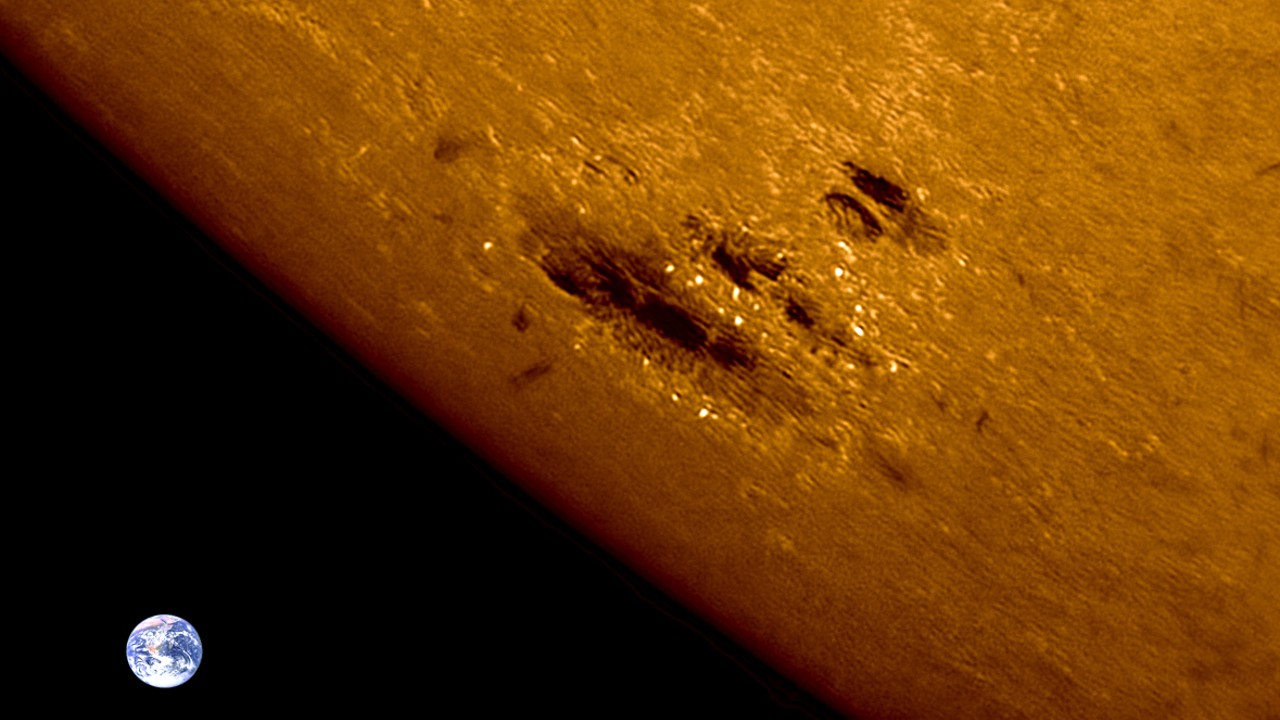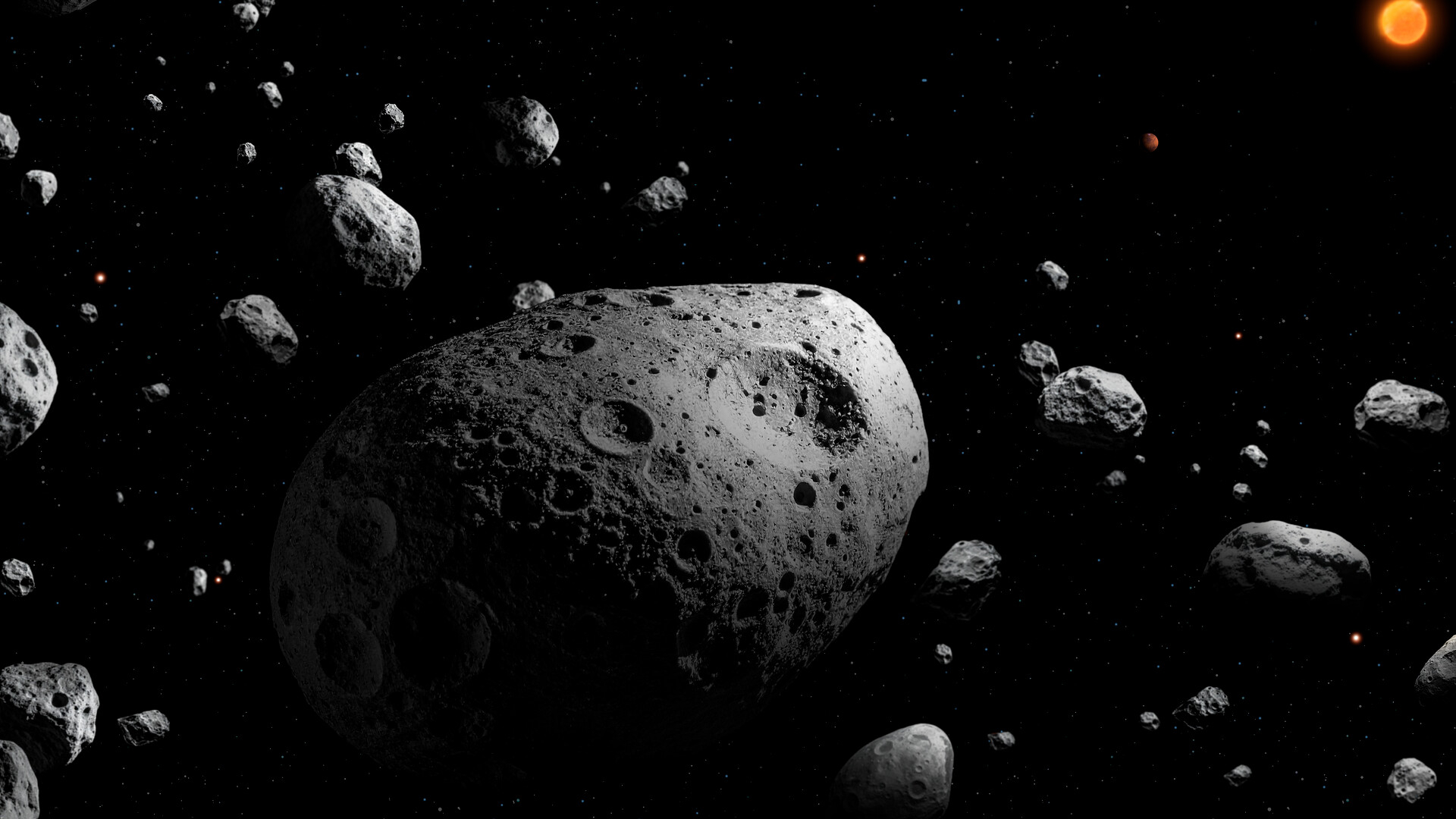Sunspot crackling with magnetic 'bombs' is now turning toward Earth (photo)
Photographer Philippe Tosi captured the remarkable scene unfolding on July 10.
A new sunspot emerging over the eastern limb of the sun is putting on an explosive show and it's heading our way.
Sunspot region 4136 was recently captured crackling with dozens of magnetic explosions known as Ellerman bombs. French astrophotographer Philippe Tosi photographed the activity on July 10 from Nîmes, France, using an H-alpha filter to capture the fine-scale action in exquisite detail. The image shows Ellerman bombs popping like fireworks near a sunspot that has already hurled out multiple M-class solar flares — mid-level eruptions on the solar flare scale — as it appeared over the eastern limb of the sun, according to spaceweather.com.
"This is not the first time I have observed Ellerman's bombs," Tosi told Space.com in an email translated from French using Google translate. "The conditions were difficult because it is currently very hot in the south of France — around 38°C [100 degrees Fahrenheit]."
Ellerman bombs were first described in the early 20th Century by physicist Ferdinand Ellerman. These events occur in the lower solar atmosphere and are driven by magnetic reconnection, a process on the sun in which oppositely charged magnetic fields meet and explosively reconfigure.
Each Ellerman bomb releases around 10²⁶ ergs of energy — roughly equivalent to 100,000 World War II-era atomic bombs, according to spaceweather.com. While that's only about one-millionth the energy of a large solar flare, these mini-explosions are seen as indicators of magnetic complexity in a sunspot. When opposite magnetic polarities collide and reconnect, they release energy in quick, bright flashes.

That complexity could mean bigger fireworks ahead. With the sunspot now rotating to face Earth, it could pose a threat for stronger space weather events in the coming days. M-class flares, like those already seen, can cause brief radio blackouts and minor satellite disruptions when aimed directly at our planet.
Scientists and skywatchers alike will be keeping a close eye on this sunspot region as it rotates into an Earth-facing position in the coming days.
Breaking space news, the latest updates on rocket launches, skywatching events and more!

Daisy Dobrijevic joined Space.com in February 2022 having previously worked for our sister publication All About Space magazine as a staff writer. Before joining us, Daisy completed an editorial internship with the BBC Sky at Night Magazine and worked at the National Space Centre in Leicester, U.K., where she enjoyed communicating space science to the public. In 2021, Daisy completed a PhD in plant physiology and also holds a Master's in Environmental Science, she is currently based in Nottingham, U.K. Daisy is passionate about all things space, with a penchant for solar activity and space weather. She has a strong interest in astrotourism and loves nothing more than a good northern lights chase!
You must confirm your public display name before commenting
Please logout and then login again, you will then be prompted to enter your display name.

